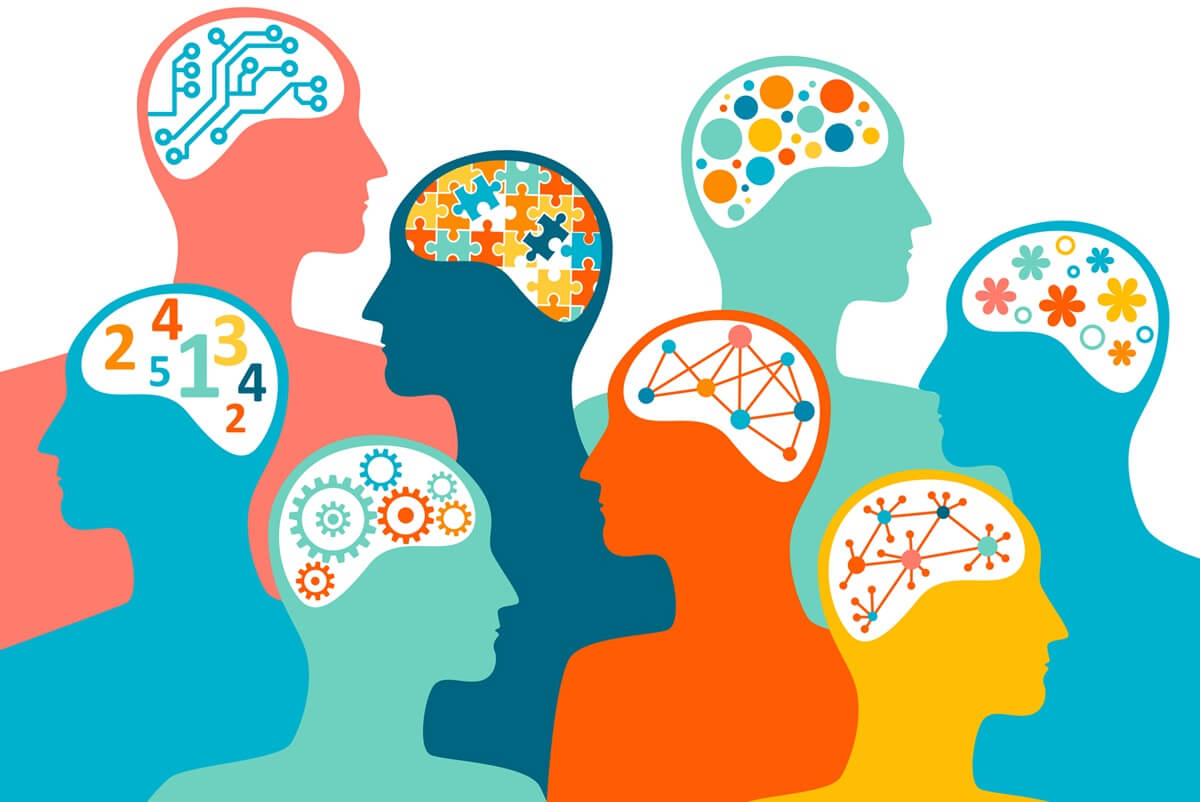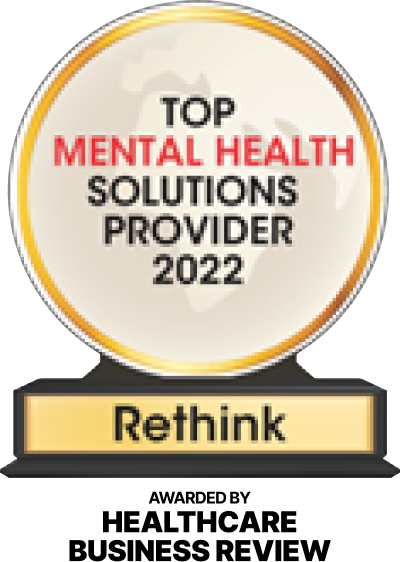“When we deal with people honestly, and with kindness, faithfulness, and gentleness, we send the message that we care. In return, we are treated the same way, because what we give to others often comes back to us.” – Sir John Templeton
There’s a lot of talk these days about empathy. Why empathy is good for business and why it’s bad. Predictably, the question of empathy experiences a renaissance whenever those in the public eye shine a light on the shadow side of power. But we bandy about the term empathy as if its meaning is obvious, like understanding the feelings of another person or walking in their shoes. We judge who has it and who doesn’t, or rank the top ten most empathic places to work. Because, of course, we must quantify empathy to give it the gravitas it achingly deserves.
On the upside we are told empathic leaders engender trust and collaborative cultures. On the down side, empathy can lead to poor and irrational decision making. There’s research to prove both sides of the argument depending on which definition of empathy is used. This polarization causes more confusion than anything. Let’s dig a little deeper because understanding empathy more as a fluid human ability allows us room for growth. It’s the bedrock for kindness, compassion, collaboration, generosity, taking perspective, and living a purposeful life.
I recall a major empathic fail when I was working as a research scientist. It was the day after the September 11th tragedy and the boss called the company together seemingly to console one another. Instead, he shared how it affected him and his family. He rattled off who knew who, and which acquaintance worked on what floor in the Twin Towers. Not once did he ask how the horrific event affected the rest of us. My sweet neighbor, a new father who had lived one floor below me, perished on AA Flight 11; another co-worker knew a woman from TJX, also a passenger; another had visited the World Trade Center with his kids on a New York tour just a month prior; one had a schoolmate who was called in as an emergency responder. Whether there was a direct connection or not, we were all in some state of shock and anguish. The tragedy became about him. I left bereft and seething with rage.
But empathic failures happen all the time in much smaller interactions. More often than not, they are unintentional. Today’s societal pressures and attitudes reinforce independence, competition, social comparison, self-absorption, and personal achievement — hardly the seeds for empathy. It helps to be explicit about what empathy is because, I argue, we could all use some remedial training. And since we spend most of our time working with other people in one way or another, in real spaces or virtually, it’s good to get reminders.
Rather than some fixed ability, empathy falls along a continuum of emotional resonance with others. It’s a prosocial emotion, meaning it connects us to others in meaningful ways. Like any emotion, empathy is fleeting and impermanent. Perhaps uniquely, however, empathy fuels other emotions: sadness, anger, grief, happiness, joy and love. Like baker’s yeast used for leavening, empathy is organic, and it needs nourishment in order to grow.
The word empathy means “feeling into” something or someone. Empathy engages your imagination as you sense the thoughts, feelings, and intentions of other people. It thrives with nurturing experiences, secure attachments to caring people, and in trustworthy environments. It is also shaped by trial and error, discernment, and by knowing personally and deeply what it feels like to be hurt and to do the hurting.
Empathy is a necessary starting point, not some outcome to be achieved. We are wired for empathy and endowed with the mental capacities to harness it. The roots of empathic resonance can be seen in the emotional contagion of babies, when one laughs or cries in response to another. We experience it with a human cry, voice, movement, or facial expression. As we grow, it becomes possible to vicariously share in another’s emotional or mental states without being lost in them and mistaking them for our own (which leads to empathic distress). Psychologists have assigned these attributes and skills to two basic functions in the mind:
- Emotional empathy is when you viscerally feel happy or sad when another person feels happy or sad. You mirror the emotional states of another person, tapping your neural circuitry for emotional response.
- Cognitive empathy gives you the ability to take on the perspective of another person, imagining or intellectually understanding their thoughts and feelings without necessarily evoking emotions. The run of the mill sociopath, for instance, has cognitive empathy but lacks feeling.
Empathy is a bridge between the emotional and the cognitive—our heads and our hearts—and it makes acts of both reason and love possible. It nurtures a kind mind and a deep understanding of a common humanity. Both emotional and cognitive aspects of empathy lead to motivational empathy—empathy that motivates us to care about each other, create compassionate communities, and yes, even to really love our work and the people we work with.
We need these three aspects of empathy so that self-awareness, personal accountability, emotional regulation, and taking perspective—all core elements of effective leadership and teamwork—can develop. And for many, direct experiences at work can either foster or hinder prosocial experiences. The evidence suggests we need to pay more attention. Science confirms that friendliness, kindness, generosity and gratitude are incredibly good for you. Altruistic behavior makes people feel happier, triggering a “helper’s high” in the brain; is good for love life; improves symptoms of chronic illness; alleviates social anxiety; can boost one’s financial bottom line; and is associated with a longer life. Yet, many of us are conditioned to a “no pain, no gain” mentality. We suffer needlessly for it.
“I can’t just get up and quit,” a lovely college grad implored. Her confidence had been stripped in the first year of working at a major accounting firm. The culture thrived on persistent hazing: impossible work hours, emails in the middle of the night, emergency calls on holidays, incessant pressure to crunch numbers, and never a gesture of gratitude. It’s a common story with predictable outcomes: poor health, mental distress, destroyed relationships, and perhaps worst of all, indoctrination into abusive cycles of power. “Quit,” I would say. “There’s nothing to prove here.” Eventually she trusted her own instincts, cultivated a kind inner voice, and found a job in a collaborative organization where her gifts could shine. Better at age 24 than 54.
Importantly, empathy not only applies to how we relate to others, but how we relate to ourselves. Self-compassion is necessary, too. This woman came to see that her inner critic, the one afraid of failure and rejection, was triggered by a chain of senior managers who bought into a prove it or lose it environment. Her mentors turned into tormentors. Self-kindness is a practice of directing kind and warm feelings towards yourself, cultivating mindfulness, and understanding that you are not alone. It can require courage. She learned that she could strive for excellence without such personal sacrifice.
Ultimately, we can choose the ingredients in how we lead, live, and love. Let kindness be one of them.
This article was republished with permission from Dr. Tara Cousineau.











